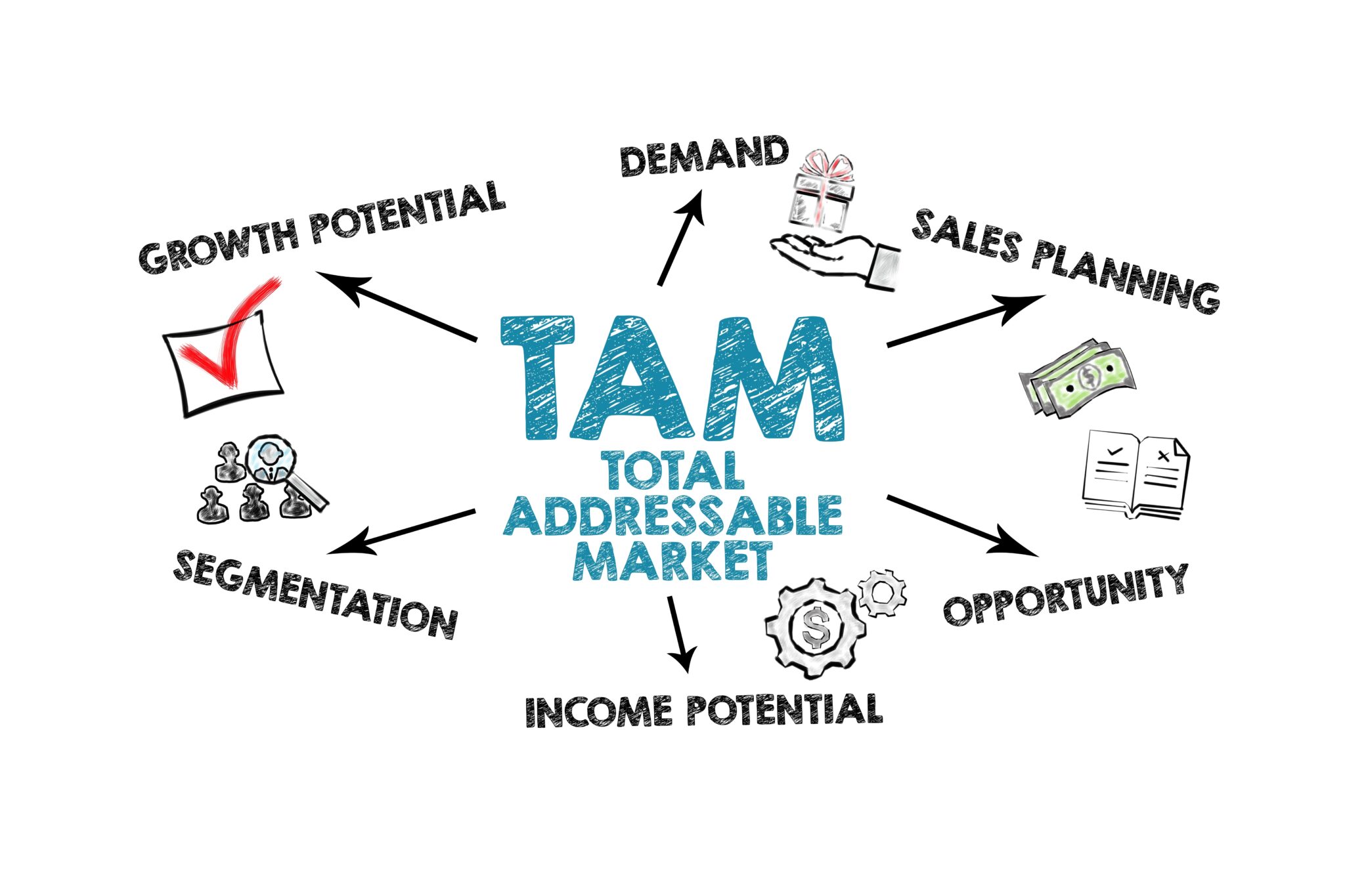Understanding Outbound Emails: FAQs and Current Best Practices

Navigating the world of outbound emails can initially feel like trying to fit into someone else's shoes - recognizable yet initially odd and somewhat overwhelming. Even seasoned sales or marketing professionals may encounter fundamental questions.This article demystifies common questions about outbound emails, enriched with the latest industry insights and data curated from the latests studies by respected industry professionals and companies.
Multi-Engagement Strategies: Embracing Automation How often should I email a lead?
When manually sending emails, many sales representatives cease after two or three attempts. While seemingly rational, this approach is often counterproductive. Automating the outbound email process ensures equitable attention to each lead. An 'ideal' number of follow-up emails varies, yet recent data reveals eight-email sequences as optimally effective[2]. Cutting short on this potential depreciates the value of each lead, accelerating lead exhaustion.
Cadence: Strategizing Follow-up Emails A first-touch cadence for a 90-day sales cycle might follow this rhythm:
- Day 1 Email 1
- Day 2 Call 1 (Leave Voicemail)
- Day 3 Email 2 + LinkedIn Profile View
- Day 4 Call 2 (No Voicemail)
- Day 5 Email 3 + Twitter Engagement
- Day 8 Call 3 (Voicemail)
- Day 11 Email 4
- Day 15 Email 5
- Day 21 Email 6
- Day 35
- Email 7
- Day 50 Email 8
A response from a prospect prompts removal from the sequence, followed by further nurturing by an SDR or AE. While initial persistence and frequency may yield immediate results, long-term success necessitates patience. Outbound strategies are not a sprint; they're a marathon[4].
Identifying Optimal Email Timing: When should I send my emails?
Timing outbound emails hinges on your audience's characteristics, such as their life stage, company position, and workday availability. The optimal send time can be objectively determined using data from your audience. If such data is lacking, educated guessing followed by A/B testing can serve as a starting point[3]. Given that most positive replies to outbound sales emails occur from Monday to Friday, during business hours, it's recommended to confine your sends to this period[1].
Crafting Outbound Emails: Brevity and Content How long should my email be? What should my email contain?
Outbound emails should be succinct. Emails exceeding 100 words risk losing reader engagement. Given that 20-50% of outbound emails are opened on mobile devices, messages should be easily consumable at a glance[5]. The Before-After-Bridge approach provides an effective communication structure:
- Before - Describe the present scenario.
- After - Imagine the scenario with the issue resolved.
- Bridge - Explain the journey to the resolution.
Before hitting send, read your emails aloud to ensure they resonate audibly as they do mentally.
Designing Effective Calls to Action (CTAs) What are some effective CTAs?
The predominant call-to-action in most outbound emails is an email reply, providing a direct and reliable way to measure interest. An effective first-touch outbound email with a strong CTA could read like this:
Subject: How is the SDR ramp-up process going?
Hey {{first_name}},
Your company is hiring SDRs to boost outbound sales. The process can be tedious. Companies like Box, Weebly, and Base CRM are utilizing our services for mass outbound personalization at scale.
Our services can help your SDRs focus on calling/closing, reducing the overall cost per lead while improving quality. Interested in a live sales data A/B test for {{company}}? Can we connect this week or next?
Apart from emails, offering relevant content that provides value and engages the leads is essential. Additionally, retargeting from your company website helps keep your brand at the forefront[5].
Grasping Open Rate Benchmarks What's a good open rate?
While comparing with industry averages for opens and clicks is a useful starting point, your goal should exceed benchmarks. This requires understanding your audience, testing, and iterating[1].
Mitigating Bounce Rate How can I lower my bounce rate?
Email bounces stem from aggressive spam filters, sender reputation, and database decay. However, with high-quality lead data, a bounce rate below 3% is achievable[6]. Outbound email campaigns and marketing campaigns present different bounce rate behaviors. Outbound email bounce rates tend to decrease over a campaign's lifespan, while marketing email bounce rates maintain a baseline due to a continual influx of new emails of varying quality.Long-term adherence to best practices can maintain a healthy bounce rate. Your LeadGenius account team is always available to assist with your outbound strategy questions. If you're contemplating launching or scaling your outbound program, schedule a free consultation today... Get Demo
Footnotes references and citations:[1] 'Email Open Rates by Industry', HubSpot, 2023.
[2] 'How Often Should Salespeople Contact Prospects?', SalesForce, 2023.
[3] 'The Impact of Email Send Time on Response Rates', SenderScore.org, 2023.
[4] 'Optimizing Your Email Cadence Strategy', Pardot, 2023.
[5] 'Effective Call to Actions in Outbound Emails', Marketo, 2023.
[6] 'Understanding and Reducing Email Bounce Rates', MailJet, 2023.


